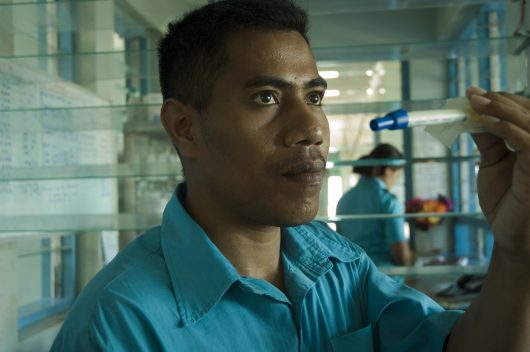What is Swine Flu: The H1N1 Virus Debunked
 What is swine flu? It is an H1N1 form of influenza that appeared in the U.S. in April 2009 and hasn’t gone away. The respiratory infection continues to sweep across the globe and the U.S.
What is swine flu? It is an H1N1 form of influenza that appeared in the U.S. in April 2009 and hasn’t gone away. The respiratory infection continues to sweep across the globe and the U.S.
History
The swine flu earned its name because it first originated in pigs. According to the World Health Organization (WHO), human infections can be caused by direct contact with contaminated animals, environments or, occasionally, other humans.
In 2009, the WHO called the swine flu a pandemic, as it was spreading fast around the world. At the outset, there was no vaccine and few people had any level of immunity to the virus.
Symptoms
The symptoms of the swine flu are similar to the regular flu and include a cough, fever, muscle or joint pain, sore throat, stuffy or runny nose, headache, chills and fatigue. More severe symptoms include shortness of breath, prolonged fever and severe vomiting. In these cases, it is important to see a doctor.
Like the regular flu, swine flu can lead to or worsen serious problems including pneumonia, lung infections and other breathing problems.
Treatment
The Centers for Disease Control and Prevention states the H1N1 virus that caused the pandemic is no longer a pandemic-level threat. Swine flu is now a regular human flu virus that circulates seasonally.
Treatment for swine flu is similar to regular flu, and usually only requires symptom relief. However, it is recommended to get the seasonal flu vaccine each year, as it protects against the influenza viruses that research indicates will be most common in the following season.
To address this and stop the next pandemic, scientists are currently researching to understand what swine flu is and how to create a universal influenza vaccine.
Research
In October 2017, Vanderbilt University Medical Center announced the Universal Influenza Vaccine Initiative. The university said researchers are “leading an international effort to develop a universal influenza vaccine that would protect everyone against all strains of the flu anywhere in the world” and will begin tests in early 2018.
The Human Vaccines Project, a public-private partnership, is funding the project.
With additional knowledge and research, people can learn what the virus is and raise awareness of how to prevent it.
– Julia Lee
Photo: Flickr
